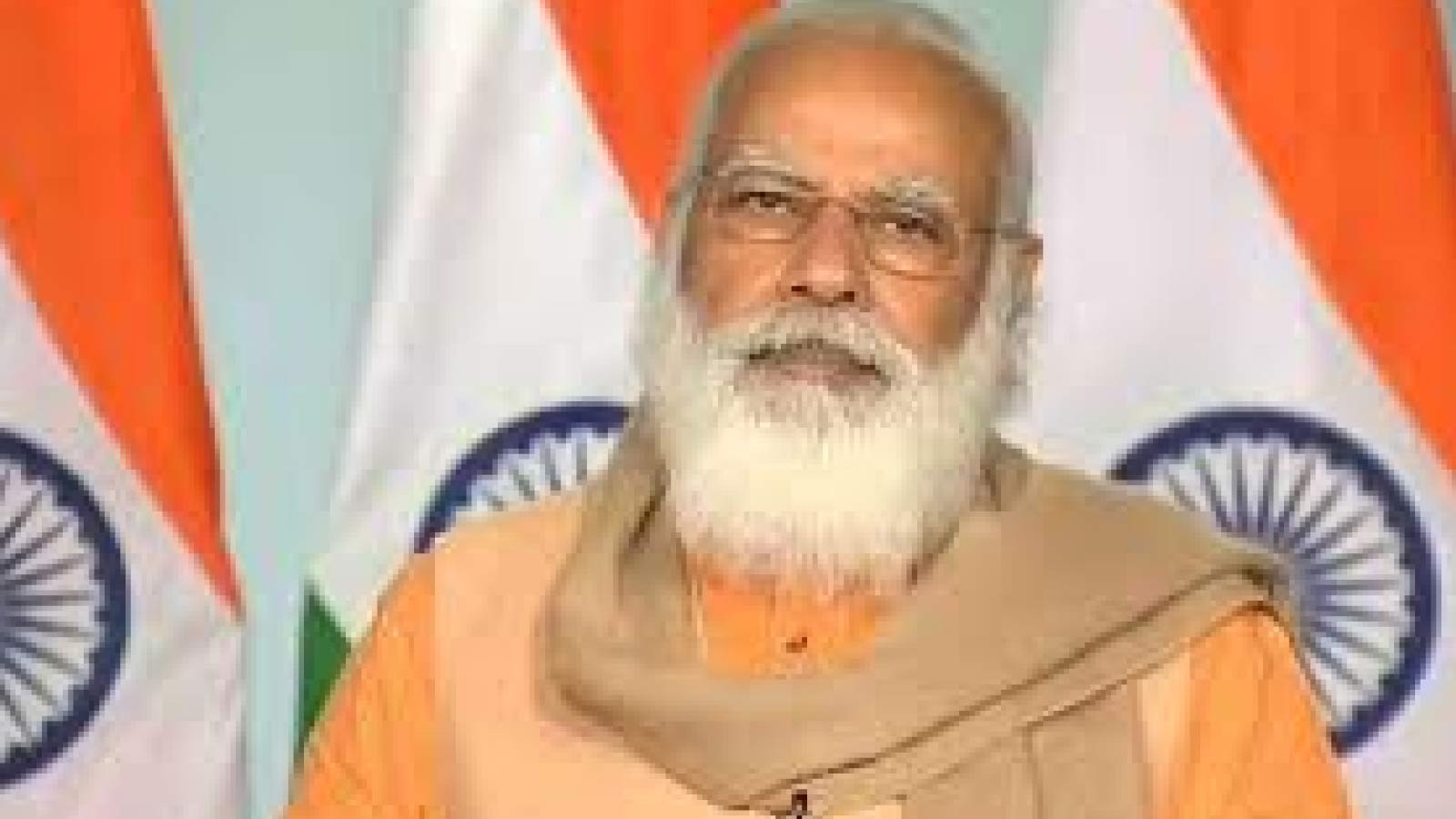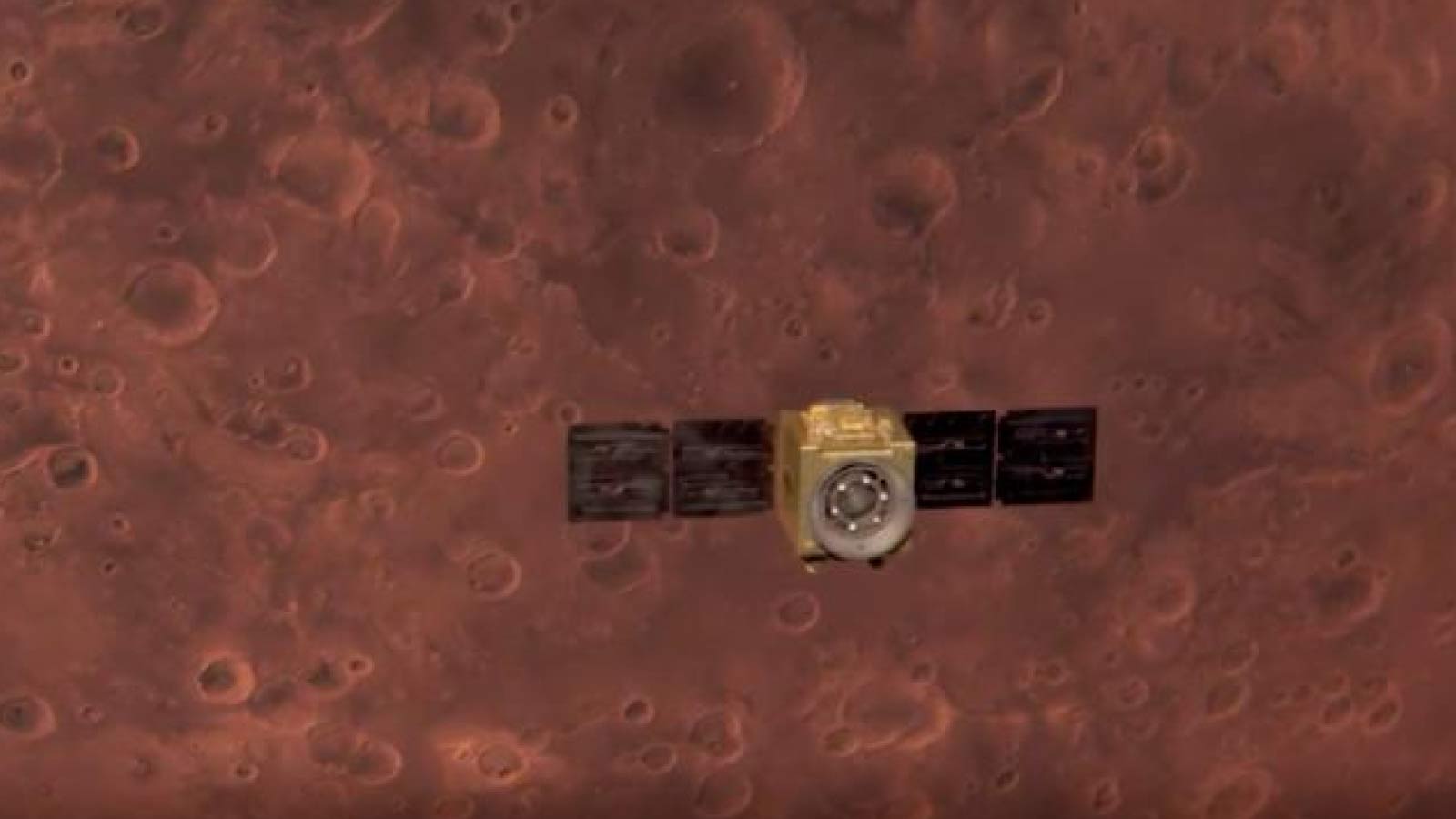12 Feb Daily Current Affairs 12 February 2021
The agonising cost of ham-handed development
GS-3, disaster management)
Issue: Recent disaster in Uttarakhand due to avalanche
->Some people argue that it is because of haphazard development.
->Why haphazard development in Uttarakhand.
- It is devbhumi, which has many pilgrimage centre
- These pilgrimage centres require the infrastructure to sustain a continuous flow of tourists.
- Even foreign tourists are visiting these sites, so it requires roads, dams etc for ease in living.
->Government is also doing the same e.g. Char Dham Project under which government is building roads and dams but DPR remains the issue
->What we must do
- Sustainable development
- Rural tourism
- Detailed project report must be scrutinised.
- Local-level people coordination and consultation
- Detailed study on the ecology of this fragile region.
Swarn Rajput
In Biden’s policy pursuit, the world order challenge
(G.S-2 , International relation)
Issue: During campaign Biden was vocal about restoring JCPOA with Iran which the USA had left during the Trump era. Now work on this is very slow
Problem
- Biden will reverse the Trump administration policy as he said but the issue, interest of regional allies were not taken into account. E.g Saudi arab, Israel.
- Uncertainty will translate into misinformation and tension may escalate. As we have seen from the israel stand where her chief of defence said “We can also explore other options if iran nuclear deal will restore)
What is the current scenario?
- Regional states such as saudi due it’s regional power hegemony, Israel due to direct security threat, UAE etc alo don’t want the deal to be restored, or if any talks prevail then these countries must be consulted.
- Iran has its own strength where China is giving her required oxygen, and Russia requires food.
- The Iranian ability to mobilise militants across the region is viewed by Israel + Gulf Arab state-> s threatening their security,
- Countries are concerned about Iran’s influence with their Shia populations as well.
- Iran’s capabilities in precision missiles, drones and in other defence areas are also a matter of regional anxiety.
From India’s point of view
- Removal of sanction on iran so that connectivity to the chabahar port can be extended.
- Oil-> energy security
- India’s investment will be safe.
- India’s reach to afghanistan.
- Iran will not have to be dependent on China.
Swarn Rajput
Cryptocurrency
(GS-3 Science and technology)
What is cryptocurrency
- It is a digital currency in the form of a code, sender and receivers identity can be hidden even a probe can’t through light on identities
- Bitcoin is a cryptocurrency which is works on blockchain technology
- Blockchain technology is a decentralised distributed ledger. When anyone holding the bitcoin sells his coin to others and a new code will generate which will enter automatically to the ledger with a link to the previous code. These codes are in the form of a block, that’s why it is known as the blockchain.
Why in news
- Recently Bitcoin hit at the highest.
- The Indian government has completely banned the trading of Bitcoin in India
Why Banned
- Terror funding
- No authenticity (The person who made the coin still unknown to people.)
- It may crash in future which will hurt the small investors.
- Very difficult to monitor so the government loses revenue when someone gets a huge gain.
- What should be the wayforward
- Given the lure of bitcoin, it can be anticipated that in future bitcoin demand will increase, so people will trade in illegal ways.
- Rather than a blanket ban the government should regulate the trading so that terror funding can be curbed, tax can also be levied.
Swarn Rajput
A resilient future for Uttarakhand
(GS-3, disaster management)
Why is Uttarakhand vulnerable?
->Uttarakhand is located in the midst of young and unstable mountains which are subjected to intense rainfall.
->The Hindu Kush Himalaya Assessment Report (2019) -> one-third of the Hindu Kush Himalaya’s glaciers will melt by 2100.
->experts have voiced-> disaster due to climate change + rapid and indiscriminate construction activities which caused subsequent ecological destruction in the region.
->According to the Wadia Institute of Himalayan Geology-> a rock mass which became unstable due to continuous freeze and thaw action-> led to the creation of a weak zone and fractures-> which led to a collapse that resulted in flash floods.
->large-scale human settlements and unchecked expansion of agricultural activities leading to massive deforestation, destruction of local ecology
->widespread settlements farming + cattle grazing + other anthropogenic activities -> could destroy the natural barriers that control avalanches and floods or other natural crises
->use of explosives in the construction of dams and other infrastructure.
Way Forward
- investment in long-term crisis response mechanisms and resilience solutions to provide required cushion.
- A few immediate steps include:
- investing in resilience planning, especially in flood prevention and rapid response and a stable coordination between agencies.
- climate proofing the infrastructure, use of new science and technological advancement such as
- by applying road stabilisation technologies for fragile road networks
- strengthening existing structures like bridges, culverts and tunnels and other vulnerable infrastructure.
- strengthening embankments with adequate scientific understanding.
- reassessing development of hydropower and other public-private infrastructure
- investment in a robust monitoring + early warning system
- responsible eco- and religious tourism policies with required checks.
- Investment in training and capacity building to educate and empower local communities to act as the first line of defence to prevent and manage risks effectively.
Swarn Rajput
Arka Shubha
(GS Paper 3, Biodiversity)
Context-
Recently The Indian Institute of Horticultural Research ( IIHR) has developed a new variety of Marigold flower named as Arka Shubha.
About Marigold-
- This flower belongs to the sunflower family of Asteraceae.
- It is mostly herbaceous plants.
- The flowers are native to the Americas.
- It has been seen that they grow naturally from the southwestern United States into South America.
- However, some species have become naturalized around the world.
Significance of Arka Shubha-
- Flowers often lose their value if they get spoiled either due to rain or delay in harvest .
- However, from Arka Shubha , crude carotene can be extracted even if the flower is spoiled.
- It has a carotene content of 2.8% which is more than other marigold varieties.
Carotene-
- This is mainly used in the Pharmaceutical sector.
- At presents India imports most of its carotene from China and other countries.
Benefits-
- It is used as ornamental purpose
- Arka Shubha Variety of Marigold is in use in the poultry sector. Its petals could be used as feed to get quality yolk.
- It is also used for feeding ship
Khyati Khare
Kinnal Craft
(GS paper 1, Culture and Heritage)
Context-
Recently a report has stated that Social Media has given a boost to the artisans of the Kinnal Craft and their wooden dolls. Social Media has provided them a platform to advertise their products online to the world and sell them.
About Kinnal Craft-
It is a traditional craft which has been done on wood. It is the local craft of Kinhal or Kinnal town in the Koppal District of Karnataka.
GI status-
It was awarded the Geographical Indication tag in 2012.
Artisans-
- The artisans of this craft are identified as Chitragars.
- The wood used by them is a local wood known as Polki Maran.
Significance-
- The intricate carvings in the Hampi Chariot are believed to be a Kinnal Craft.
- The toys made by Kinhal craft have a signature gold and silver colour which is done by using a special technique named as Lajwara Technique.
Theme-
- The basic theme of the craft is primarily Hindu Mythology.
- They make idols of deities such as Hanuman, Durga Garuda etc.
Khyati Khare
India’s Digital Services Tax: Discriminatory?
(Economy, IR – GS Paper 2, GS Paper 3)
Context:
- Recently, a United States Trade Representative (USTR) investigation found India’s Digital Services Tax (DST) to be biased.
- It mentioned that the tax is not consistent with prevailing principles of international taxation. It burdens as well as restricts U.S. commerce.
- India has rebuffed these charges.
Digital Services Tax:
- A DST is a tax on selected gross revenue streams of extensive digital companies. Each country’s ex[ected or implemented DST varies slightly.
- All DSTs have domestic and global revenue brinks, below which companies are not subject to the tax.
Issue:
- India inducted a six percent equalization duty in 2016. From then to taxing a wider basket of e-services in 2020.
- The fact that a 2% tax, India has charged since 2020 on revenues from digital services, applicable only to non-resident companies.
- The primary matter was that companies don’t have a physical presence in the markets where they conduct their business.
- India, in 2018, had introduced a test for compelling economic presence in the Income Tax Act, according to which, if a company had users in India, it sort of interpreted its economic connection with India, and hence gave India the right to tax.
- One of the focal criticisms against India’s equalization levy is that it is a tax on revenue as compared to a tax on profits. The U.K. allows companies to not pay any tax if their net margin is in the loss.
Way Ahead:
- As the US claims the law is arbitrary but there are several areas that are not in conformity with what could be a valid reason to call a particular act discriminatory.
- This confrontation could affect the bilateral relationship between the two countries as well as the reputation that it might send globally could be devastating to the Indian economy.
- The act, at best, could be termed as unreasonable but not discriminatory.
Ajit Satapathy
National AYUSH Mission
(Social Justice, GS Paper II)
Context:
National AYUSH Mission which is a centrally sponsored scheme is being implemented by Central government through States/UTs for development and promotion of Ayurvedic medicine.
Provisions for the promotion for Ayush System including the Ayurvedic system are:
- Co-location of the facilities provided under AYUSH at Primary Health Centers (PHCs), Community Health Centers (CHCs) and Districts Hospitals (DHs).
- AYUSH Hospitals and Dispensaries of the state government will be upgraded.
- Setting up of approximately 50 bedded integrated AYUSH Hospital.
- Undergraduate and Postgraduate educational institutions of state government would be upgraded.
- New AYUSH Educational Institutions will be opened in states.
- For manufacturing of quality medicines in AYUSH systems State government cooperatives and undertakings will be upgraded.
- To Strengthen State Drug Testing Laboratories for ASU &H Drugs for stringent quality control.
- Support for the cultivation of Medicinal Plant including processing and post-harvest management to ensure availability of quality raw material for AYUSH medicine and other products.
Ayush Babu
PRELIMS FACTS-
International Day of Women and Girls in Science:11 February.

In December 2015, The United Nations adopted a resolution to celebrate February 11 as the International Day of Women and Girls in Science. Aim to promote women and girls in science.
Theme–“Women Scientists at the forefront of the fight against COVID-19”.
2. World Sustainable Development Summit 2021 inaugurated by PM Modi

Through video conferencing Prime Minister Narendra Modi has inaugurated the World Sustainable Development Summit 2021.
Theme–‘Redefining our common future: Safe and secure environment for all’.’
3. In Mars’ orbit Hope Probe of UAE successfully entered.

After the United States, Soviet Union, Europe, and India UAE have become the fifth country to launch the spacecraft into the orbit of MARS.
Alokit Kapoor
[download id=”36057 “]



No Comments